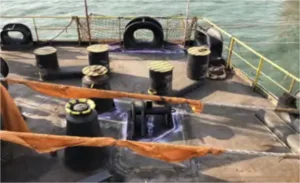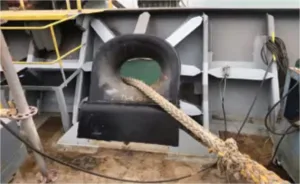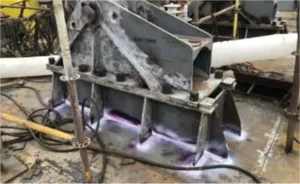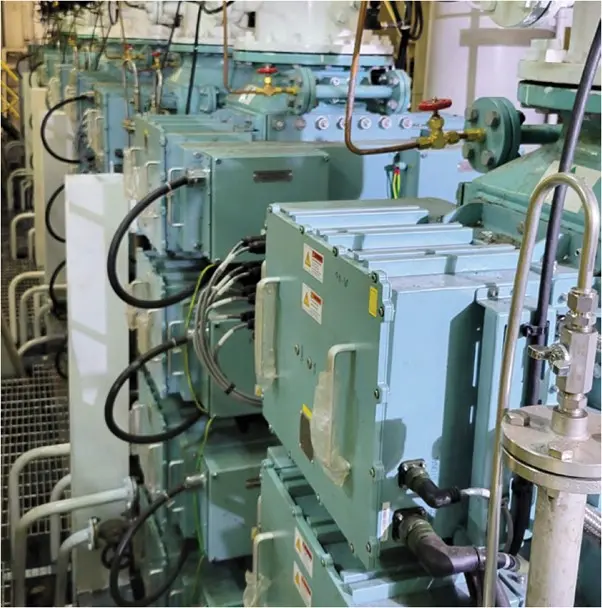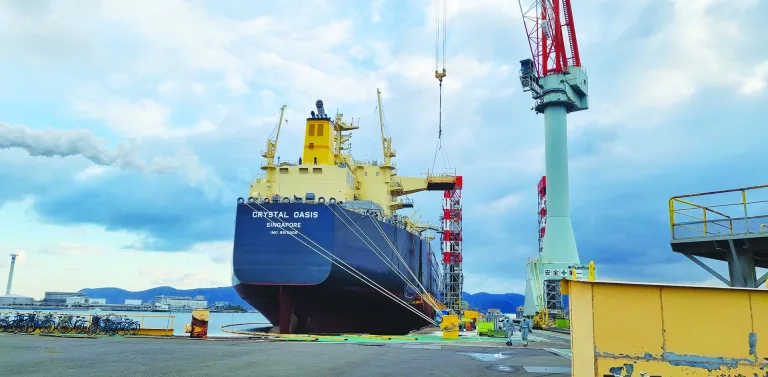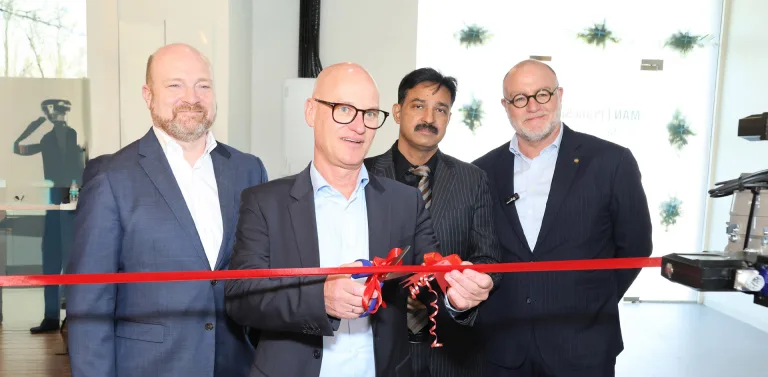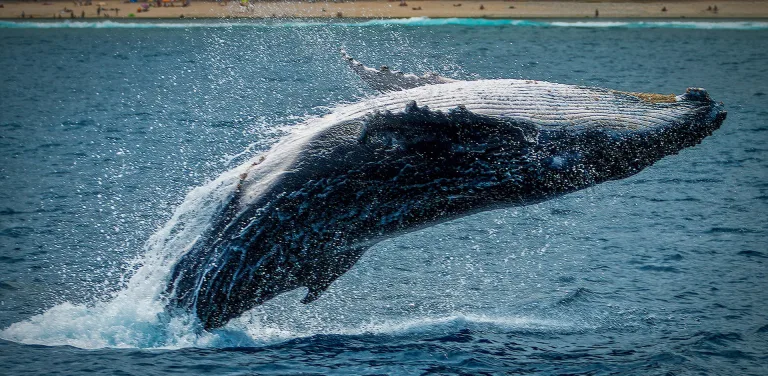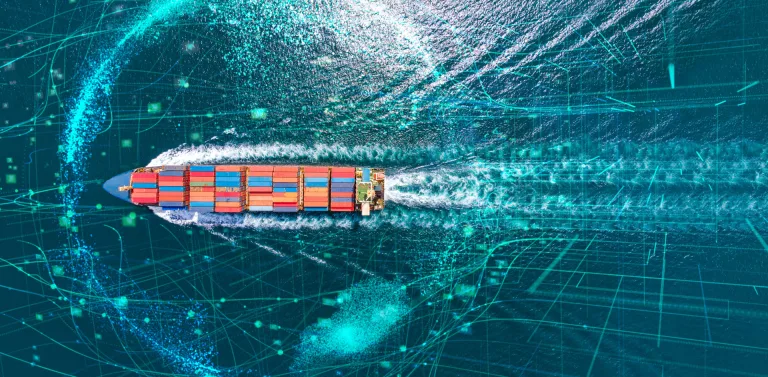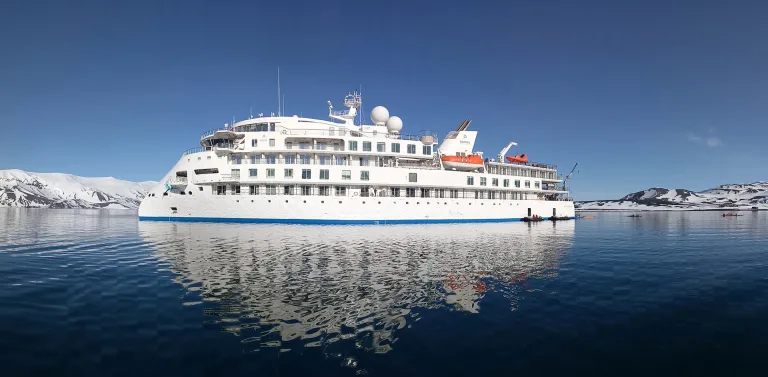With climate change at the top of many agendas, renewable energy projects like offshore wind farms have taken flight, and with that the demand for heavy transport vessels to support their construction, as previously noted.
Besides the Greater Changhua Offshore Wind Farm complex in the Taiwan Strait (pp. 22), Boskalis has been contracted to support the construction of two adjacent projects off the coast of Rhode Island in the United States: Revolution Wind Farm (65 turbines) and South Fork Wind Farm (12 turbines).
Once again, MV Target will be deployed, along with the Boskalis-owned MV Triumph and MV Trustee, which are also managed by Anglo-Eastern. To prepare for the project work, which will commence in Q2 2023, all three vessels had to undergo deck and mooring modifications to safely transport and discharge the monopiles (a type of tubular wind turbine foundation).
In particular, additional mooring fittings had to be installed or reinforced forward and aft of each ship to form part of the bridle arrangement needed to hold the vessel in position (with the assistance of two tugs) while offloading the monopiles at the offshore project site.
For each ship, this included the installation of two 320T smit brackets and two 350T chocks on the aft mooring deck, reinforcing the existing Panama chocks on the forecastle deck to 200T, and fully overhauling and reactivating the decommissioned 200T chain stopper.
A new Techcross ballast water management system (BWMS) was also installed on board Target and Triumph while the two vessels were in dry-dock (Trustee having been upgraded previously), which was a large undertaking, with each installation involving 84 panels and pieces of equipment, 98 valves of various sizes, 230 metres of large diameter piping, 900 metres of small diameter piping, and around 8,300 metres of new electrical cables.
The installations also required modifications to a range of systems (e.g., electrical, valve remote control, cooling, compressed air, freshwater, alarm monitoring, IT), the relocation of the main eductor pump, and the removal of the old ballast and condenser pumps, all of which was carried out by a multinational team drawn from various companies.
But the big overhaul to the ballast water management systems on both ships was worth it, besides being a requirement to trade in US waters. Not only can the new BWMS ballast and deballast at the much faster rate of 10,000 cbm and 12,000 cbm per hour, respectively, it also supports remote access and diagnostics from ashore.
Well done and thank you to all the parties involved in carrying out the three ship modifications. We take great pride in the ships we manage and upgrade for optimal performance, especially when such improvements contribute to a cleaner, greener tomorrow!
